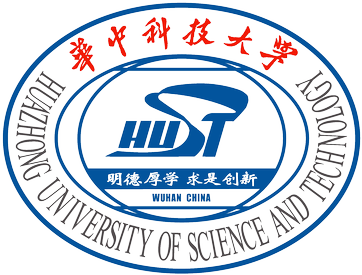
China has made huge strides to boost up the usual of level of education in the country with a number of world-ranking high Chinese universities. With limitless alternatives, scholarships, an innovating academic system and a promising student experience, China’s worldwide education has increased a lot in last decade.
In the present, China has over 3,000 universities. If you’re an international student contemplating to study in China, this number of Universities might be fairly overwhelming. Thats why we made this list of top-ranked Chinese Universities in 2025.
10 Ranked Chinese Universities in 2025
Tsinghua University

- Founded: 1911, one of oldest universities in China
- Location: Haidian District northwest Beijing, on the previous imperial gardens of the Qing Dynasty
- Rankings: #1 in China, #1 in Asia and #16 in the world
The #1 Worldwide engineering and Computer Science University on the planet and prestigious universities in China. Tsinghua has a remarkable number of international students, In 2021, greater than 3,400 worldwide students from over 130 nations were enrolled, of this, over 2,000 of them are graduate students comprised of 116 nationalities.
More than 500 programs in English can be found to college students throughout the college. The International Students and Scholars Center (ISSC) at Tsinghua University ensures that the international community is strongly supported and well represented in the university.
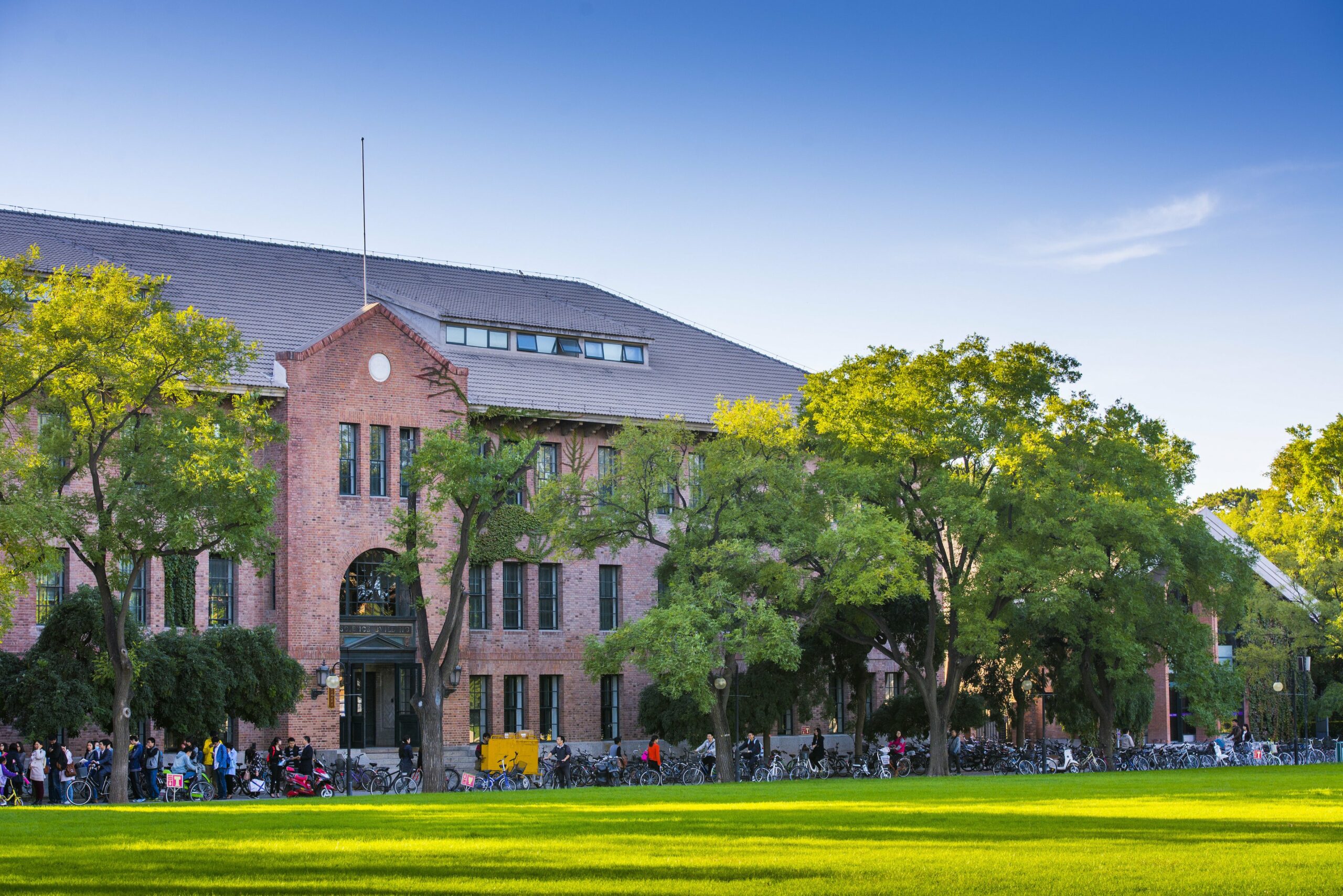
Tsinghua College campus was named some of the stunning on the planet by Forbes.
Peking University (PKU)
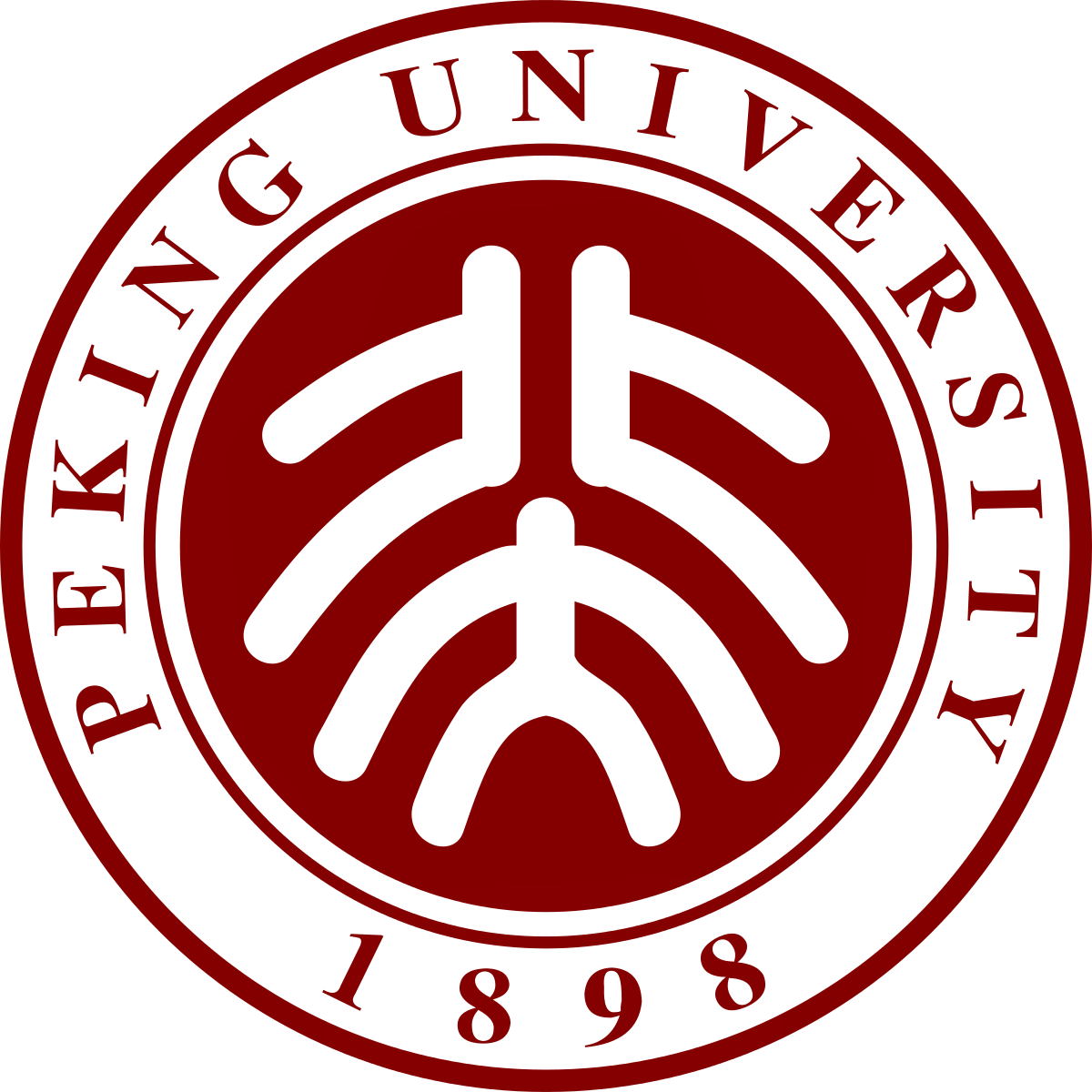
- Founded: 1898, the oldest University in China
- Location: Haidian District northwest Beijing. The University has some of the most stunning campuses on the planet. It’s well-known for its pretty gardens, conventional Chinese Architecture and painted murals.
- Rankings: #2 in China, #2 in Asia, #13 on the planet
Peking College (PKU) is the first national university in Chinese modern history, and one of the leading think tanks in China which is crucial to China’s modernization.
Worldwide students will discover PKU a really perfect university to study, because its excellent mixture of conventional Chinese language heritage and western influence.
PKU has the largest university library in Asia, with a group of 7.331 million books, in addition to Chinese language and international journals and newspapers.
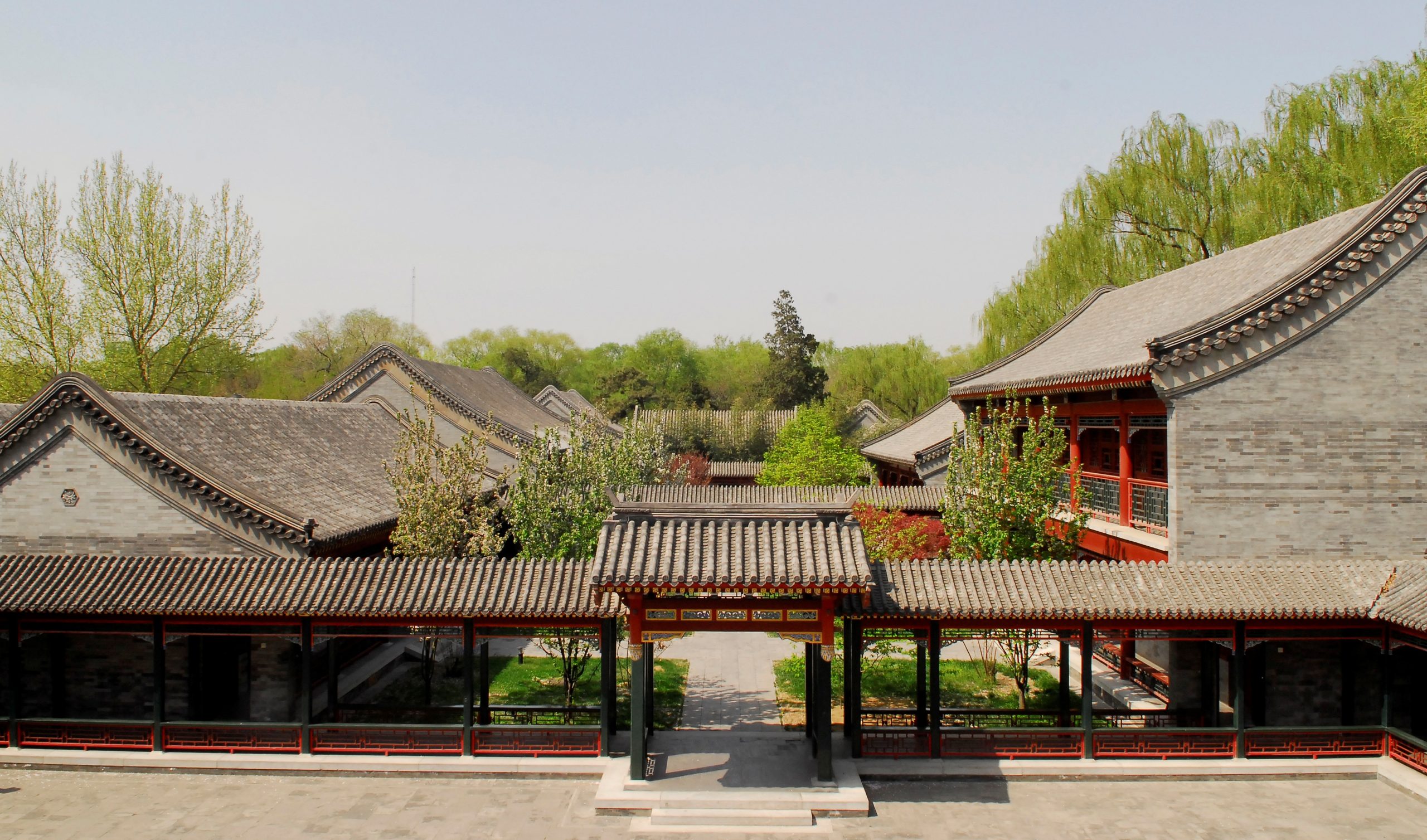
Historical pagoda-styled courtyard buildings of Peking College’s Langrun Backyard.
Shanghai Jiao Tong University (SJTU)
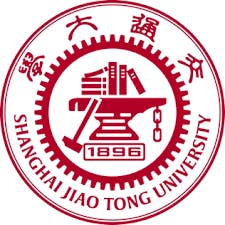
- Founded: 1896
- Location: Minhang District, Shanghai, China
- Rating: #4 in China, #8 in Asia, #54 on the planet
Shanghai Jiao Tong University (SJTU) is a great school that has gained international-recognition for its complete, high quality, revolutionary and research-oriented programs.
Since 2000, 1000’s of international students from a couple of hundred nations, such as: South Korea, Japan, Indonesia, USA, Germany, France, UK, Canada, North Korea, Australia, Thailand, and many others. examine at SJTU. The full variety of international students worldwide has grown to about 6,000.
To make International students really feel at house and actually supported, SJTU has an International Students Administration and Services Department.
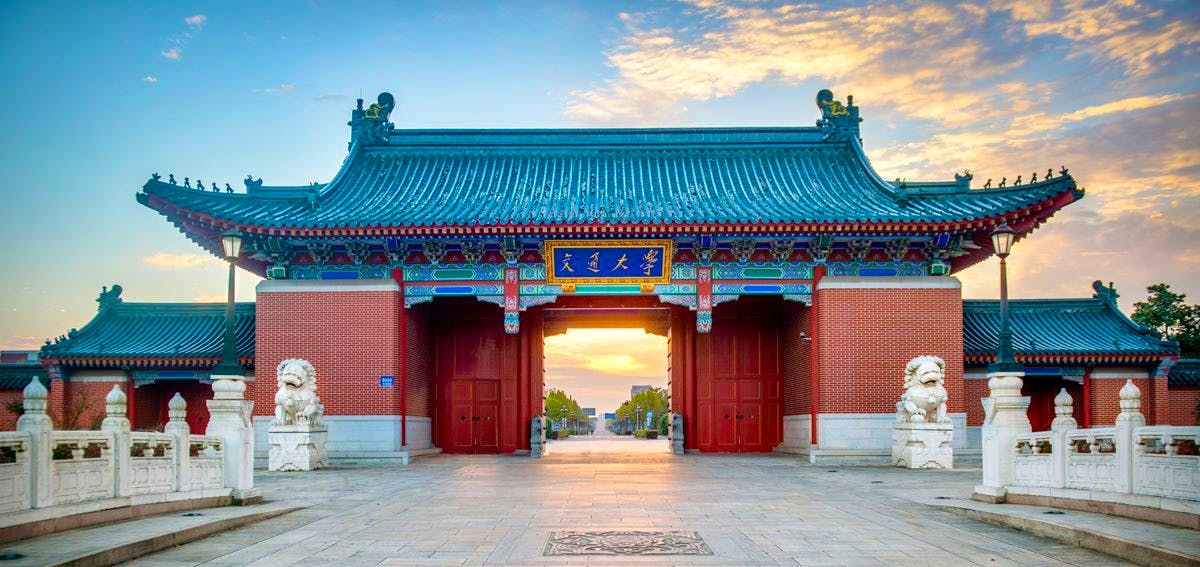
Shanghai Jiao Tong University has been regarded as the fastest developing university in the country for the last decade.
University of Science and Technology of China (USTC
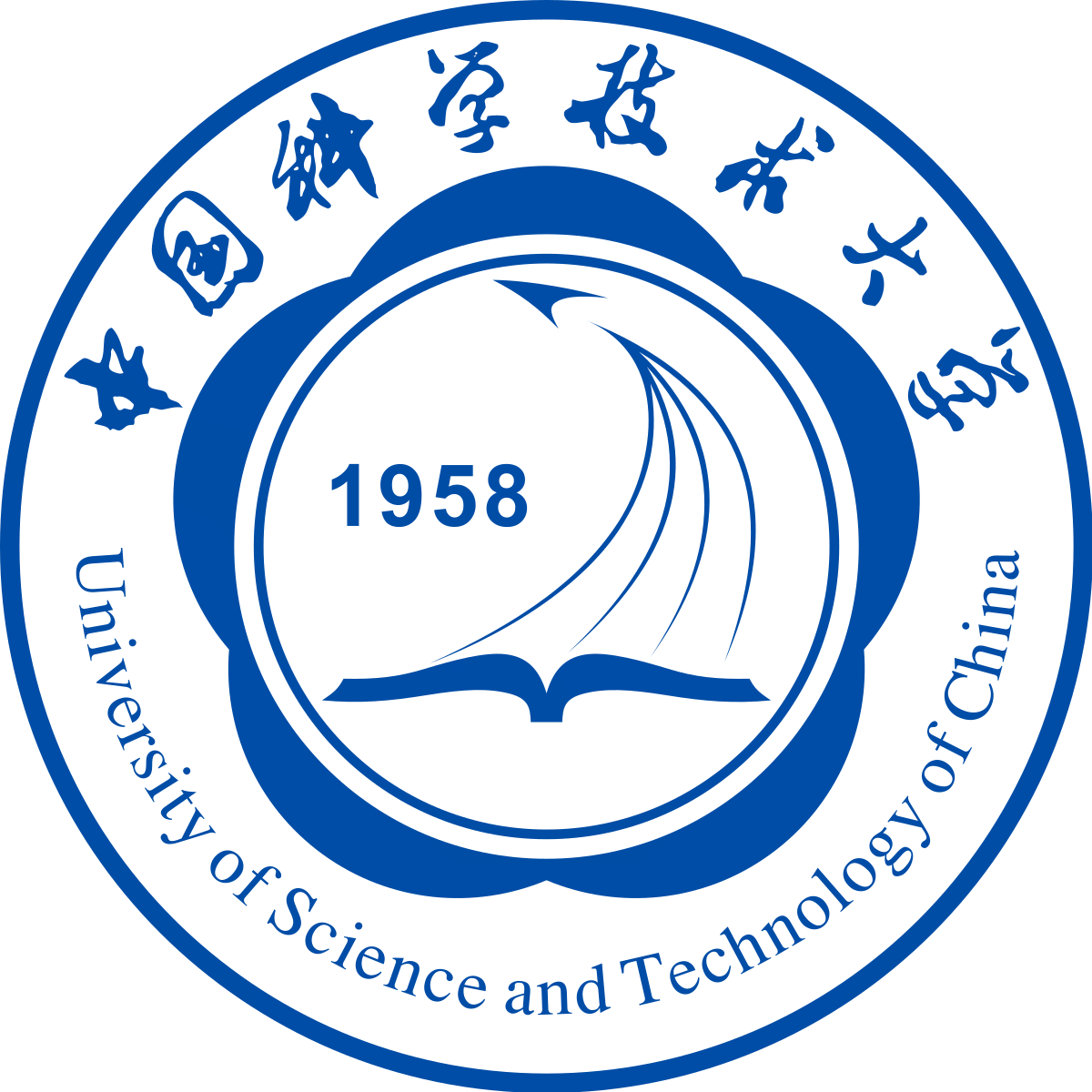
- Founded: 1958
- Location: Hefei, Anhui province
- Rating: #6 in China, #13 in Asia, #82 on the planet
The University of Science and Technology of China is a public university that the Chinese Academy of Sciences founded in 1958. USTC, as the university is sometimes called, is situated in Hefei, the capital of China’s Anhui province, and has five campuses within the city located relatively close to each other. Around 1.5 percent of the student body hails from abroad. Many of the university’s international students receive financial support from one of three sources: the USTC Scholarship, the Chinese Government Scholarship or a fellowship that the Chinese Academy of Sciences and the World Academy of Sciences offers. All three types of aid cover tuition and provide a stipend for other education-related costs. University housing is available for both undergraduate and graduate students.
USTC has more than a dozen schools, many of which are devoted to the sciences, but the university also has academic divisions focused on subjects such as public affairs and business. Additionally, the USTC School of the Gifted Young offers instruction for advanced students. The university follows a semester-based academic calendar. The primary language of instruction is Chinese, though some master’s and most doctoral programs are also offered in English. More than 70 percent of undergraduate students participate in USTC’s Research Program for Undergraduates, which takes place at university labs and Chinese Academy of Sciences research institutes. Among the research labs that USTC operates are the National Synchrotron Radiation Laboratory, the Hefei National Laboratory for Physical Sciences at the Microscale and the State Key Laboratory of Fire Science
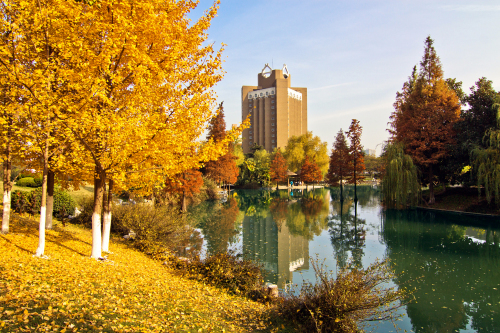
USTC’s stunning campus
Zhejiang University (ZJU)

- Founded: traces its roots again to 1897
- Location: Hangzhou, the capital of China’s Zhejiang province. ZJU has seven campuses: the primary campus, Zijingang, and the Yuquan, Xixi, Huajiachi, Zhijiang, Zhoushan and Haining campuses.
- Rating: #4 in China, #9 in Asia, #47 on the planet
Zhejiang University is a public institution that traces its roots back to 1897. The university is located in Hangzhou, the capital of China’s Zhejiang province, about 110 miles southwest of Shanghai. More than 47,000 students attend the university, and around half of them study at the undergraduate level. Zhejiang University comprises seven campuses: the main campus, Zijingang, and the Yuquan, Xixi, Huajiachi, Zhijiang, Zhoushan and Haining campuses. Tuition costs are higher for international students and vary by subject and degree level. University housing is available for both undergraduate and graduate students.
The university offers programs in a variety of disciplines, including engineering, the humanities and medicine. In all, students can choose from more than 120 undergraduate programs and well over 300 master’s programs. Doctoral programs are also available. The primary language of instruction is Chinese, but Zhejiang University also offers more than a dozen master’s degree programs taught in English. The English-taught master’s offerings include programs in business, China studies and engineering. The university follows a four-term academic calendar. University resources include seven affiliated hospitals and a library that houses more than 6.83 million volumes. Among the laboratory facilities at Zhejiang University are more than a dozen national key labs that focus on different specialty areas, such as the State Key Lab of Clean Energy Utilization, the State Key Lab of Rice Biology and the State Key Lab of Modern Optical Instrumentation
In 2023, over 4,700 international students from 155 nations studied at ZJU, together with 1,800 postgraduates and a couple of,800 undergraduates. Thus far, almost 30,000 international students have attended ZJU, with many alumni contributing to world cooperation and enhancing the University worldwide fame.
ZJU is among the most beneficial and welcoming universities in China. Yearly, the Worldwide School accepts over 900 CSC scholarship college students.
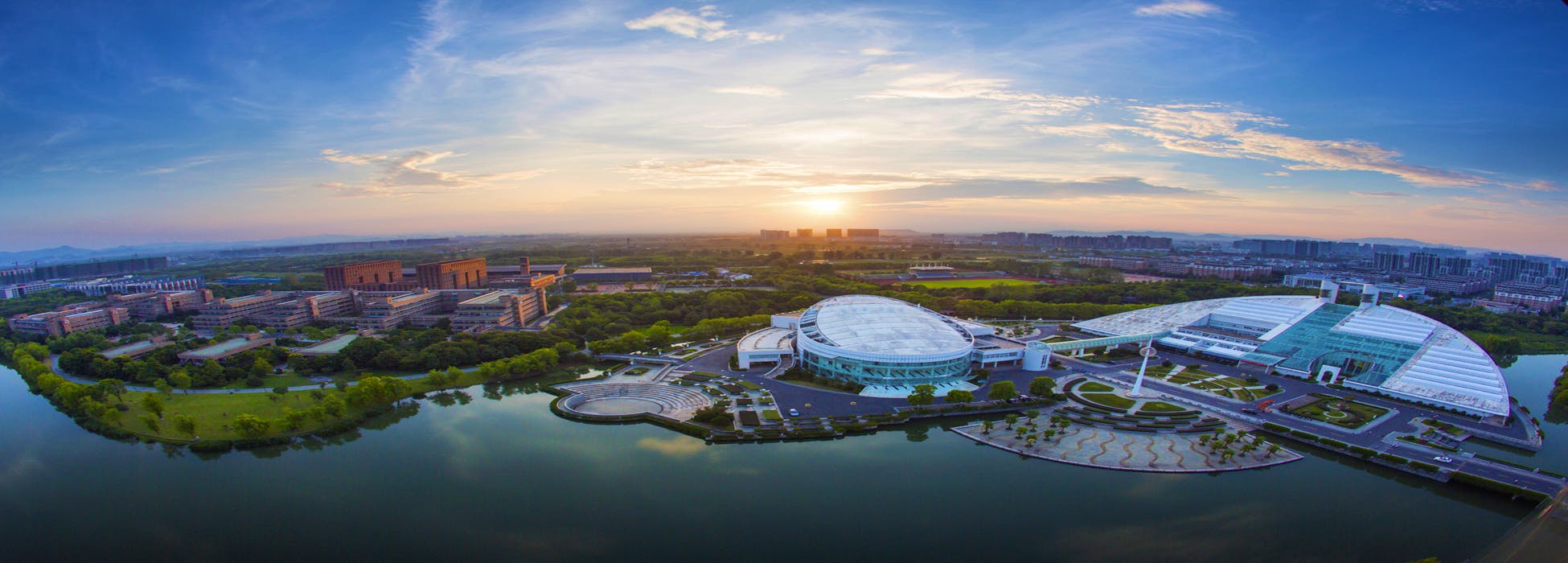
Zhejiang College prides itself on a tradition of innovation and creativity.
University of Chinese Academy of Sciences
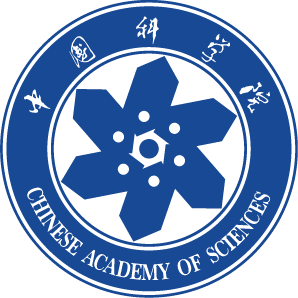
- Founded: 1978, initially referred to as Graduate School of the University of Science and Technology of China
- Location:
- Rating: #6 in China, #13 in Asia, #82 on the planet
Located in Beijing, University of Chinese Academy of Sciences was established with the approval of Ministry of Education of the People’s Republic of China (PRC). Its predecessor, Graduate University of Chinese Academy of Sciences (GUCAS), was the first graduate school in China. UCAS graduated the PRC’s first doctoral student in science, first doctoral student in engineering, first female doctoral student, and first student with double doctoral degrees. In June 2012, GUCAS was renamed UCAS. Now UCAS includes campuses located at four locations (Yuquanlu, Zhongguancun, the Olympic Village, and Yanqi Lake), and has provided high quality education to over 170,000 students.
Being the largest graduate educational institution, the main task of UCAS has long been graduate education. As of December 2019, UCAS had over 51,700 postgraduate students enrolled, 52% of which are doctoral students; 1,625 undergraduates; and 1,734 international students from 96 countries, of whom1,055 were doctoral students.
UCAS is authorized to confer all Master’s and doctorate degrees in the scientific disciplines, as well as 90% degrees in engineering disciplines. UCAS is also authorized to confer professional Master’s degree in such disciplines as engineering, business administration, finance, applied statistics, applied psychology, translation and interpreting, agricultural extension, pharmacy, engineering management, and public management. From 1978 to 2019, UCAS had conferred degrees on 171,526 students, including 83,561 Ph.D., 87,367 Master’s, and 598 Bachelor’s degrees. 137 UCAS graduates were elected Full and Emeritus Members of CAS and Chinese Academy of Engineering (CAE).
Fudan University
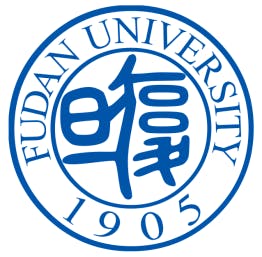
- Founded: 1905, initially referred to as the Fudan Public Faculty
- Location: Fudan College has 4 campuses on the heart of Shanghai: Handan, Fenglin, Zhangjiang and Jiangwan.
- Rating: #7 in China, #15 in Asia, #85 on the planet
Fudan University is a public institution that was founded in 1905. The university is located in Shanghai, China, and is spread across four sites: the Handan, Jiangwan, Fenglin and Zhangjiang campuses. More than 30,000 students are enrolled at Fudan University. Undergraduate students reside on campus in one of five residential colleges – Zhide, Tengfei, Keqing, Renzhong or Xide – for all four years of their studies. Each college is named after a former university leader and has its own dean and student management board. Housing is also available for graduate students.
In all, Fudan University offers around 70 undergraduate majors, as well as almost 250 master’s degree programs and some 150 doctoral programs. The undergraduate programs are structured according to a liberal arts core curriculum. The university’s academic calendar is semester-based, and tuition costs are higher for international students. The primary language of instruction is Chinese, but a handful of degree programs are taught in English. In 2000, Fudan University merged with Shanghai Medical University, and the university is affiliated with 11 hospitals. The university has been a major participant in national research for much of its history; research bodies at the university include national key labs for genetic engineering, surface physics and medical neurobiology. Fudan’s Undergraduate Research Opportunities Program supports around 700 undergraduates’ research work each year. And when students need a break from their studies, they can choose from more than 300 student clubs to participate in, including almost 20 international student groups.
Fudan College is a contemporary, complete college and some of the selective colleges in China. Fudan has one of many largest scholar populations in China with greater than 45,000 Chinese students. Additionally it is a hub for international students with 15% finding out undergraduate applications within the college.
Internationalization is among the foremost focuses of Fudan. The college affords English-taught applications and has shaped quite a few educational trade applications and partnerships with universities all over the world.
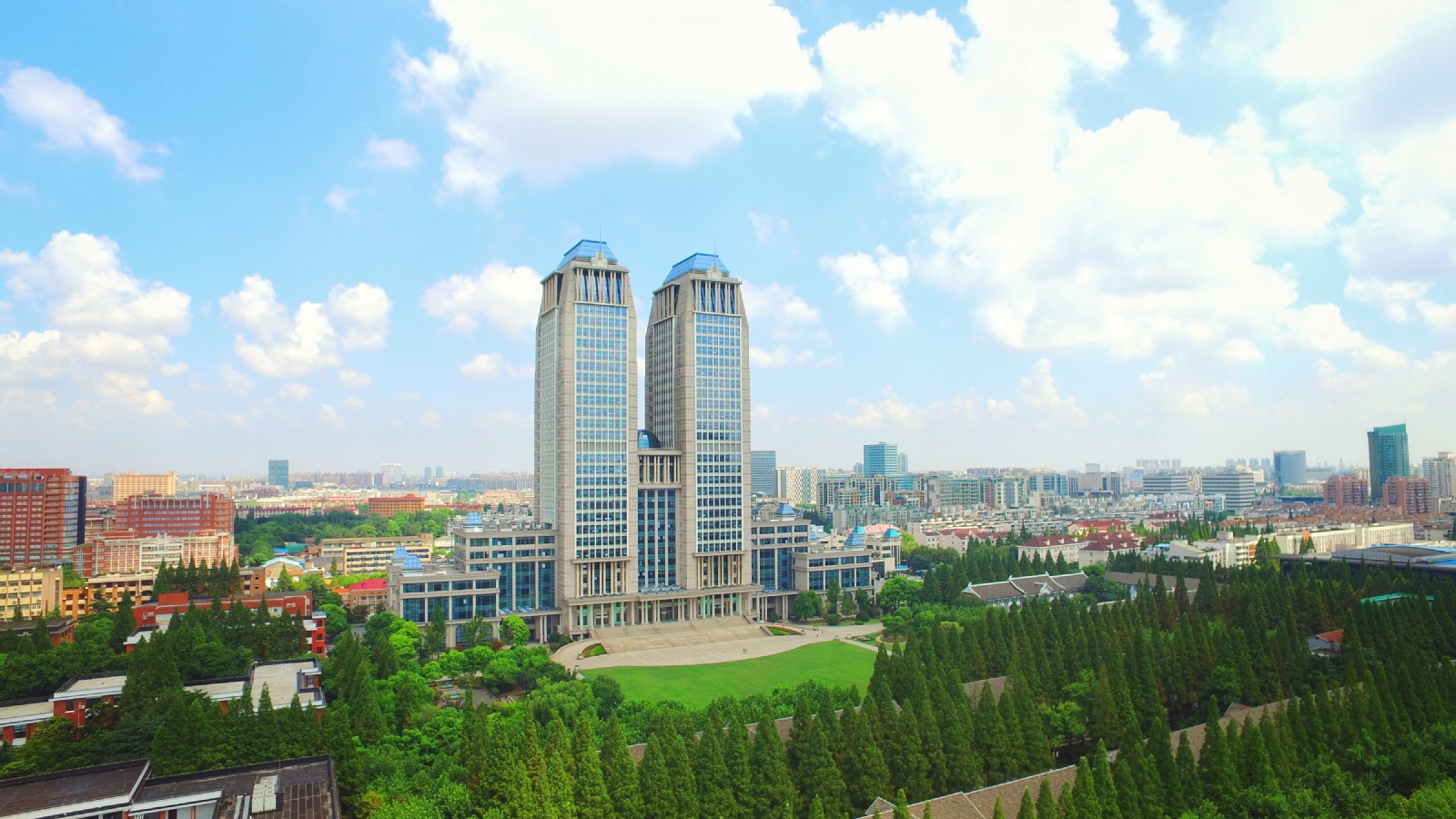
Fudan College has 4 campuses. The Handan Campus (proven above) is the primary campus and is situated comfortably beside Wujiaochang, the north Shanghai’s heart.
Nanjing University (NJU)
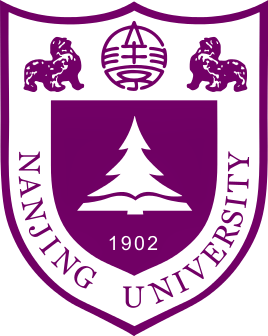
- Founded: 1902
- Location: Nanjing, Jiangsu Province. Nanjing College has three campuses: the Gulou, Xianlin and Pukou campus.
- Rating: #8 in China, #16 in Asia, #98 on the planet
Nanjing College (NJU) is among the first universities in China to enroll worldwide college students. It is among the most energetic universities in relation with worldwide communication and cooperation with many first-class universities and resaerch institutes around the world.
Tens of 1000’s of international students from over 100 nations have studied right here, together with distinguished worldwide alumni in politics, business, academia and other different fields. There are at present 3,216 international college students at NJU.
The Institute for International Students is the administrative office responsible for international students enrollment at Nanjing University.
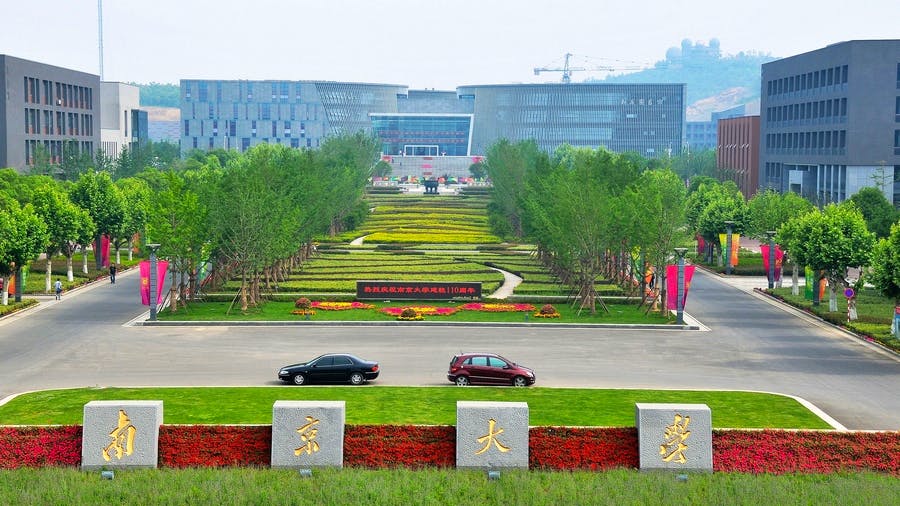
Nanjing College Xianlin campus
Huazhong University of Science and Technology
- Founded: 1949
- Location: Wuhan, Hubei Province, China,
- Rating: #9 in China, #17 in Asia, #100 on the planet
Huazhong University of Science and Technology (HUST) is a comprehensive research university located in Wuhan, China under the direct supervision of the Ministry of Education. It is a participant university of the former “985” Project [1] in China, and also one of the first universities approved under the national “Double First-Class” Initiative, China’s “Excellence Initiative” for institutions of higher education.
HUST has consistently ranked among the top 10 universities in China in the major domestic and international rankings, including the Shanghai Ranking’s Academic Ranking of World Universities and US News and World Report Best Global Universities Ranking.
Situated in the city of Wuhan, the capital of Hubei Province, HUST lies near the central banks of the Yangtze River. With a population of over eleven million, Wuhan is the foremost cultural, educational, transportation and economic city in Central China, playing a leading role in the Yangtze River Economic Zone and now emerging as a global megacity with enormous business opportunities.
HUST is comprised of its main campus close by picturesque East Lake and a satellite medical campus located in the central business district of Hankou across the Yangtze River. Today the university has more than 3,400 full-time teachers, including over 1,200 professors, serving approximately 55,000 full-time students. Complementing this rich academic environment is HUST’s remarkable greenscape – covering 72% of the campus, its rich canopy of trees explains why many people now refer to it as the “university in the forest.
HUST boasts a full range of academic disciplines, comprising 10 major categories that range from engineering and medicine –HUST’s two most notable pillars of strength – to its fast-growing science and distinctive liberal arts disciplines. Guided by its sense of mission to contribute to social progress and the greater global community, the university continues to explore the frontiers of science, and is the only university in China that includes four national research facilities. International cooperation also lies at the core of HUST development strategy.

Sun Yat Sen University
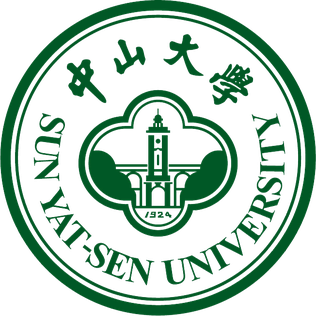
- Founded: 1902
- Location: located in Guangzhou, Zhuhai and Shenzhen, Guangdong Province
- Rating: #10 in China, #20 in Asia, #106 on the planet
Sun Yat-sen University, abbreviated as Zhongda, is a comprehensive research university in mainland China, located in Guangzhou, Zhuhai and Shenzhen, Guangdong Province. It is directly under the Ministry of Education of the People’s Republic of China and is jointly established by the Ministry of Education and the People’s Government of Guangdong Province. Sun Yat-sen University was formerly the National Guangdong University founded by Sun Yat-sen in 1924. In 1926, it was renamed National Sun Yat-sen University in memory of Sun Yat-sen
How Are Chinese language Universities Ranked?
The above rating relies on a ranking from U.S. News & World Report which is a multifaceted digital media company dedicated to helping consumers, business leaders and policy officials make important decisions in their lives. they use world-class data and technology to publish independent reporting, rankings, journalism and advice that has earned the trust of our readers and users for more than 90 years. their platforms on usnews.com include Education Reviews from all over the world, and they ranked schools according to their performance across a set of widely accepted indicators of excellence. Read more about how they rank schools here.
Are Universities Rankings Actually Necessary?
Univerisitesrankings may help, however it shouldn’t be your only option when selecting a University in China . When a rating, learn the aim of the rating. Is it evaluating a college’s analysis, schooling or scholar educating qualities?
You might also have to learn what evaluation methodology was use fo the rankings, and check university’s strengths and specializations, to see if they aligned with your goals







